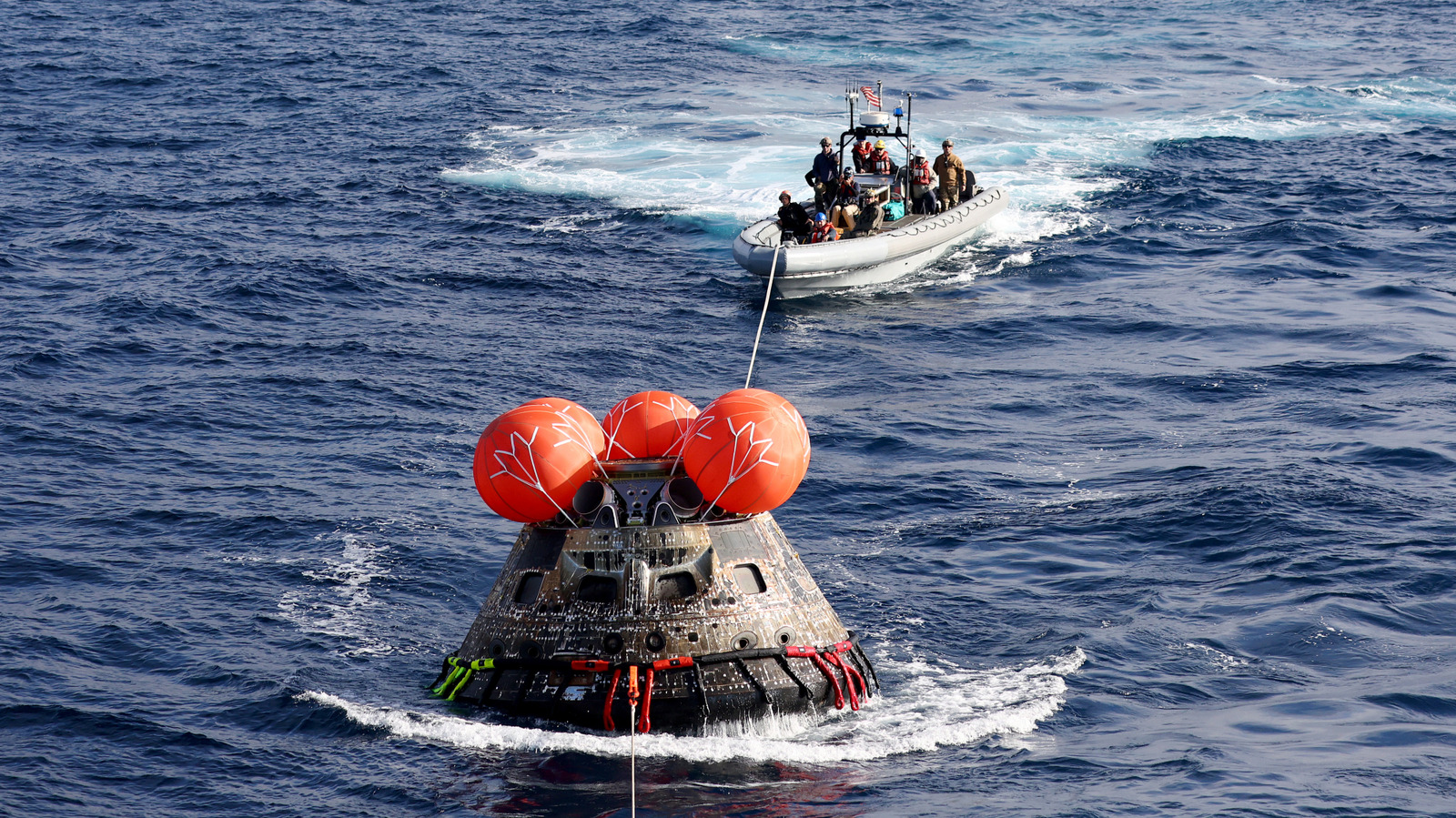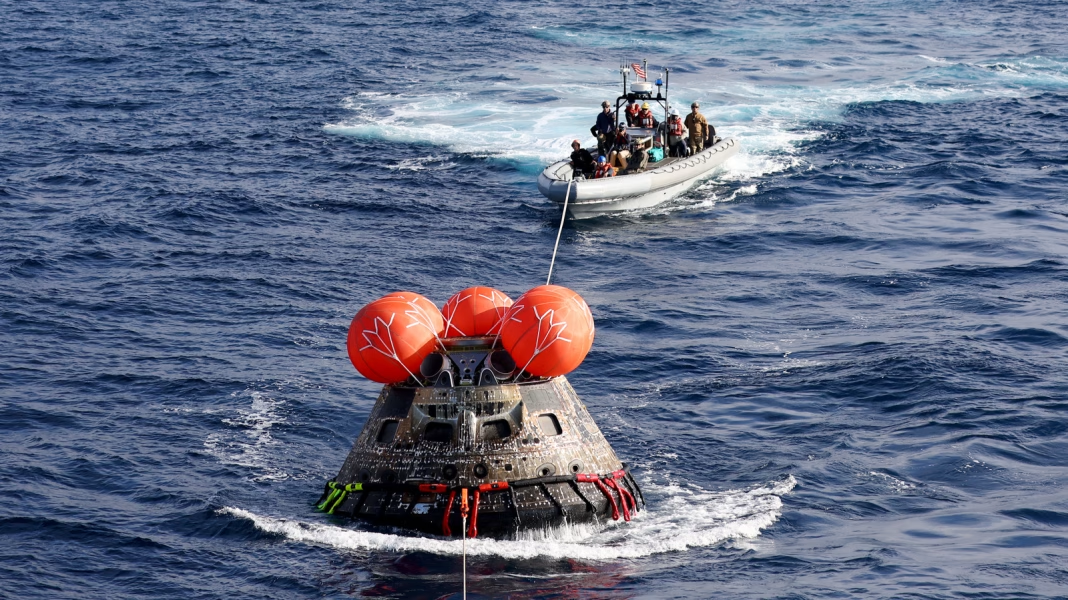Is saving money on splashdown safety the right priority for NASA?
When it comes to space exploration, safety is paramount. NASA has long been at the forefront of ensuring that astronauts return home safely after their missions. However, recent discussions have raised eyebrows about whether cost-cutting measures in splashdown safety protocols are the right move for the agency. Let’s dive into this complex issue and explore the implications of prioritizing budget over safety.
What’s the Current Situation with Splashdown Safety?
NASA’s splashdown safety protocols are designed to ensure that astronauts can safely return to Earth after their missions, particularly when landing in water. Historically, this has involved extensive collaboration with military resources, which have provided expertise and equipment for recovery operations. However, as NASA shifts towards privatization and partnerships with commercial space companies, there’s a growing trend to reduce reliance on these military assets.
The question arises: Is this shift a necessary evolution, or does it compromise astronaut safety? While saving money is important, it’s crucial to weigh the potential risks involved in cutting corners on safety measures.
Why Is Safety So Critical?
Space missions are inherently risky. The journey to and from space involves numerous hazards, and the return phase is particularly vulnerable. A splashdown can be unpredictable, influenced by factors like weather conditions and ocean currents. Ensuring that astronauts have the best possible support during this phase is essential.
Consider the Apollo missions, where meticulous planning and military support were critical for successful splashdowns. The lessons learned from those missions underscore the importance of having robust safety protocols in place. Reducing these measures could lead to dire consequences, not just for the astronauts but also for public trust in space exploration.
What Are the Cost Implications?
NASA is under constant pressure to manage its budget effectively. With the increasing costs of space exploration, the agency is exploring ways to cut expenses without sacrificing mission success. However, the question remains: how much is too much when it comes to safety?
Privatization can offer cost savings, but it also introduces variability in the quality of safety protocols. Commercial companies may not have the same level of experience or resources as the military. This raises concerns about whether they can adequately handle the complexities of splashdown recovery.
Real-World Examples of Safety Compromises
Looking at recent missions, there have been instances where cost-cutting measures have led to safety concerns. For example, during the Crew Dragon missions, there were reports of reduced recovery resources compared to previous NASA missions. While the spacecraft performed admirably, the reliance on commercial partners for recovery operations has sparked debate about the adequacy of safety measures.
Moreover, the tragic loss of the Space Shuttle Columbia in 2003 serves as a stark reminder of the consequences of overlooking safety in favor of budgetary constraints. The investigation revealed that cost-cutting decisions played a role in the disaster, leading to a renewed focus on safety protocols in subsequent missions.
What Should NASA Prioritize Moving Forward?
Finding a balance between budget constraints and safety is no small feat. NASA must prioritize safety while also exploring innovative ways to reduce costs. This could involve investing in new technologies that enhance recovery operations or fostering stronger partnerships with military resources to ensure that astronauts have the best possible support during splashdown.
Additionally, transparency in decision-making is crucial. Engaging the public and stakeholders in discussions about safety measures can help build trust and ensure that everyone understands the rationale behind budgetary decisions.
The big takeaway? Saving money isn’t about perfection—it’s about smarter adjustments. NASA must navigate the delicate balance of cost and safety, ensuring that astronauts return home safely while also being mindful of budgetary constraints. By prioritizing safety and making informed decisions, the agency can continue to inspire confidence in its missions and the future of space exploration.


